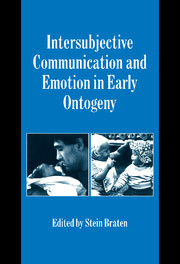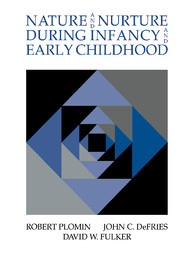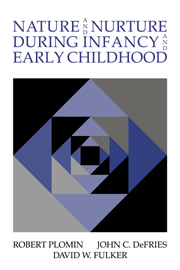Imitation in Infancy
First published in 1999, this book brings together the extensive modern evidence for innate imitation in babies. Modern research has shown imitation to be a natural mechanism of learning and communication which deserves to be at centre stage in developmental psychology. Yet the very possibility of imitation in newborn humans has had a controversial history. Defining imitation has proved to be far from straightforward and scientific evidence for its existence in neonates is only now becoming accepted, despite more than a century of enquiry. In this book, some of the world's foremost researchers on imitation and intellectual development review evidence for imitation in newborn babies. They discuss the development of imitation in infancy, in both normal and atypical populations and in comparison with other primate species, stressing the fundamental importance of imitation in human development, as a foundation of communication and a precursor to symbolic processes.
- Was the first book to bring together extensive modern evidence for innate imitation in babies
- World experts on imitation are contributors
- Research applied to atypical populations e.g. children with autism and comparative perspective on imitation in primates
Product details
February 2011Paperback
9780521181372
302 pages
229 × 152 × 17 mm
0.45kg
Available
Table of Contents
- Preface: Immediate imitation rehabilitated at last George Butterworth and Jacqueline Nadel
- Part I. Imitation in Human Infancy:
- 1. Persons and representation: why infant imitation is important for theories of human development Andrew N. Meltzoff and M. Keith Moore
- 2. Development of early infant imitation to facial and vocal models Giannis Kugiumutzakis
- Part II. Imitation: Theoretical issues in phylogeny and ontogeny:
- 3. Neonatal imitation: existence, mechanisms, motives George Butterworth
- 4. Evolutionary foundations of imitation: social, cognitive and developmental aspects of imitative processes in non-human primates Kim Bard and Connie L. Russell
- Part III. Social motives for imitation in infancy: Imitation as a matching motive system between two brains Colwyn Trevarthen, Theano Kokkinaki and Gerald A. Fiamenghi Jr
- 6. Imitation as activity: its developmental aspect Ina Uzgiris
- Part IV. Imitation, communication and developmental psychopathology:
- 7. The evolving nature of imitation as a format for communication Jacqueline Nadel, Caroline Guirini, Anne Peze and Christine Rivet
- 8. Imitation and developmental disabilities Mickael Heimann and Eva Ullstadius
- 9. An examination of the imitation deficit in autism Sally J. Rogers.






